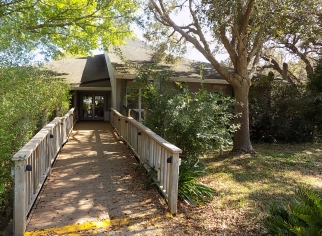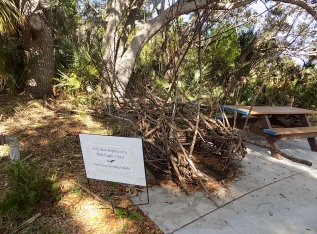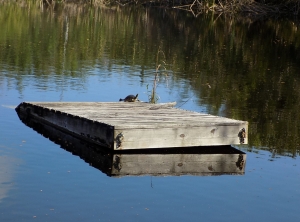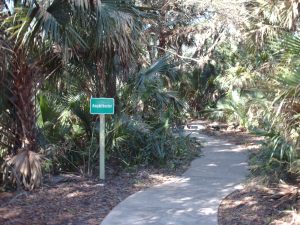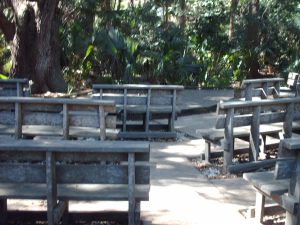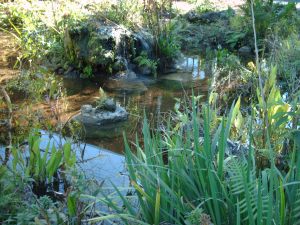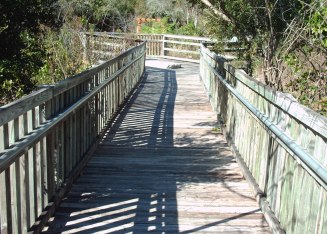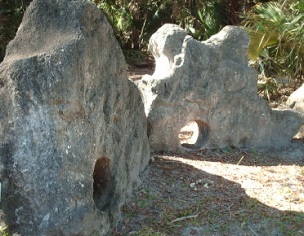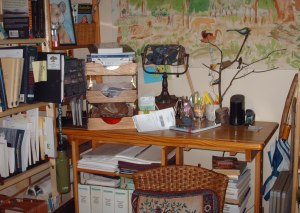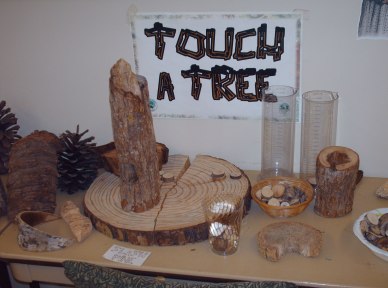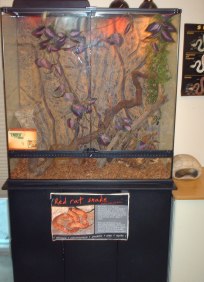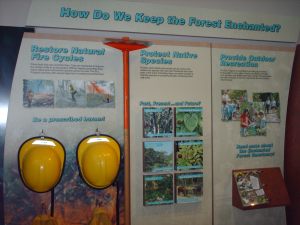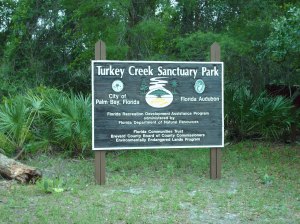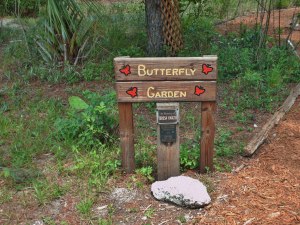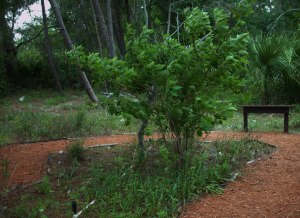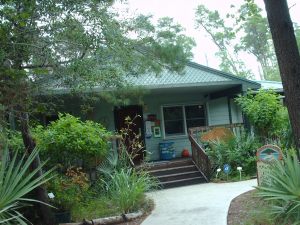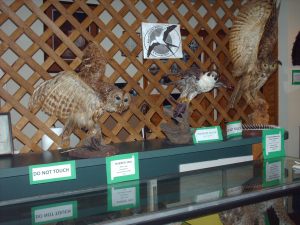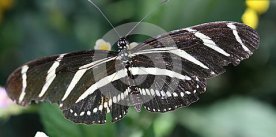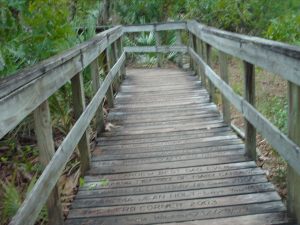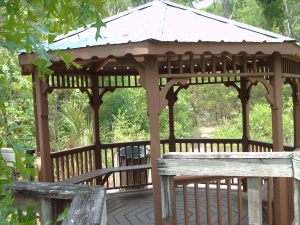
 Stand at the observation tower and see if you can identify any of the 215 species of migratory birds in the Lake Woodruff Wildlife Refuge at 2045 Mud Lake Road in DeLeon Springs. Walk on the stepping-stones that lead to the Butterfly Garden that includes a variety of host plants.
Stand at the observation tower and see if you can identify any of the 215 species of migratory birds in the Lake Woodruff Wildlife Refuge at 2045 Mud Lake Road in DeLeon Springs. Walk on the stepping-stones that lead to the Butterfly Garden that includes a variety of host plants.
 Storyboards throughout the visitor center chronicle the early life in Volusia County. Over 8,000 years ago, the Timucua a Native American Tribe settled the land. Artifacts displayed used for hunting and warfare, sharpening tools, fishing, jewelry, utensils, and many other uses. In the early part of the nineteenth century, William Williams bought the property and built Spring Garden Plantation. In the early 1820s, Major Joseph Woodruff bought the property and named it Lake Woodruff after a nearby lake.
Storyboards throughout the visitor center chronicle the early life in Volusia County. Over 8,000 years ago, the Timucua a Native American Tribe settled the land. Artifacts displayed used for hunting and warfare, sharpening tools, fishing, jewelry, utensils, and many other uses. In the early part of the nineteenth century, William Williams bought the property and built Spring Garden Plantation. In the early 1820s, Major Joseph Woodruff bought the property and named it Lake Woodruff after a nearby lake.
Bears, Coyotes, and Deer are three of the animals that you might encounter while hiking the 5 trails. Take a canoe or boat ride and see an assortment of the magnificent wildlife.
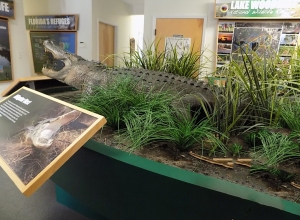 In the mid-1960s, the alligator on the brink of extinction listed as an endangered species eventually made a full recovery. A diorama of the alligator and plaques that surround the diorama describes the recovery process. Free admission to the refuge, hours of operation on the website.
In the mid-1960s, the alligator on the brink of extinction listed as an endangered species eventually made a full recovery. A diorama of the alligator and plaques that surround the diorama describes the recovery process. Free admission to the refuge, hours of operation on the website.

